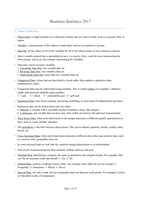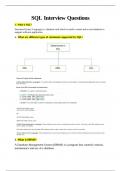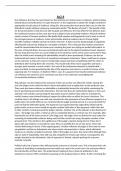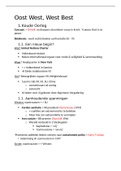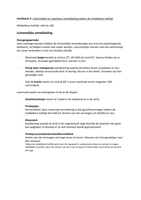Samenvatting
Business Statistics Summary
- Instelling
- Vrije Universiteit Amsterdam (VU)
Another summary which covers the required knowledge for the Business Statistics exam. It includes all chapters we had to read and some lecture notes!!! I decided to put each chapter on a separate page to make it easier to distinguish them. Furthermore, I was unable to insert subscripts, so they ar...
[Meer zien]
